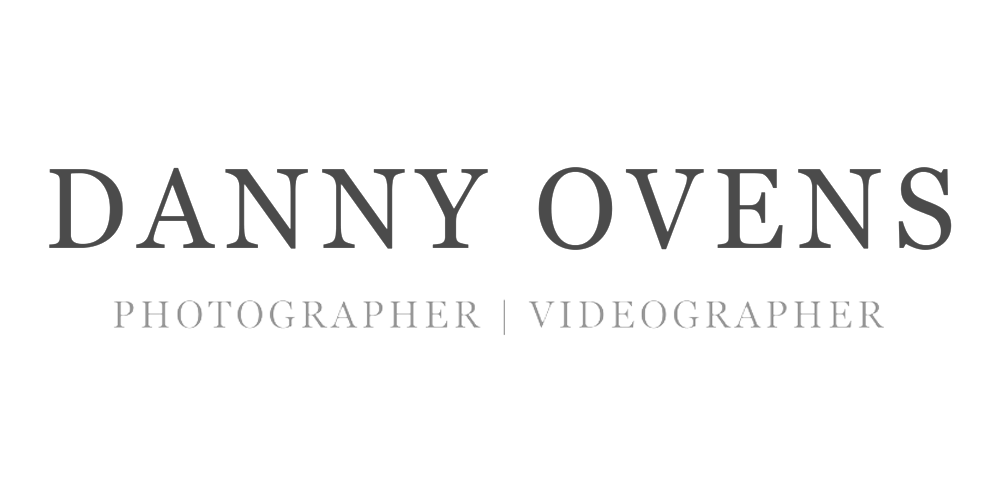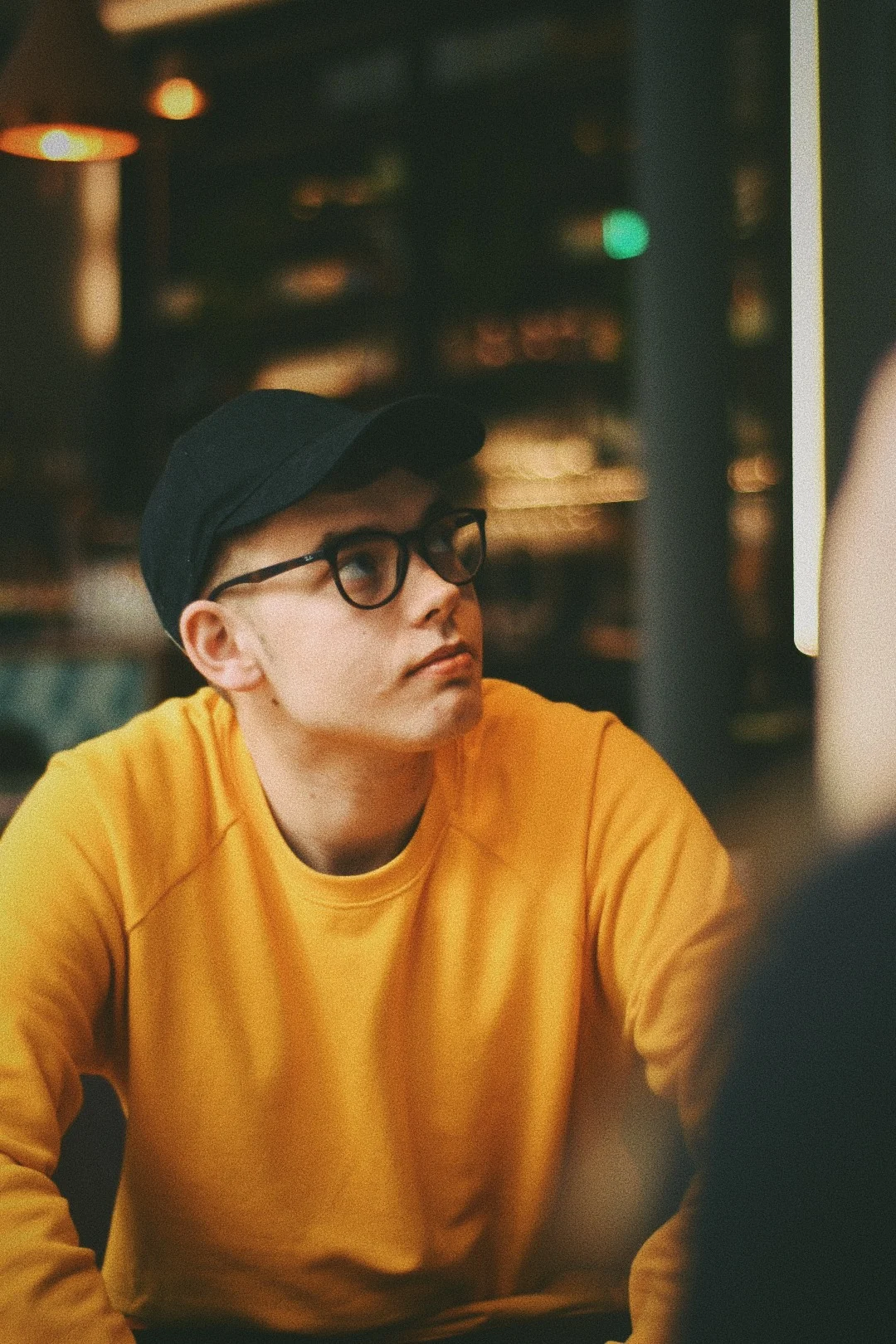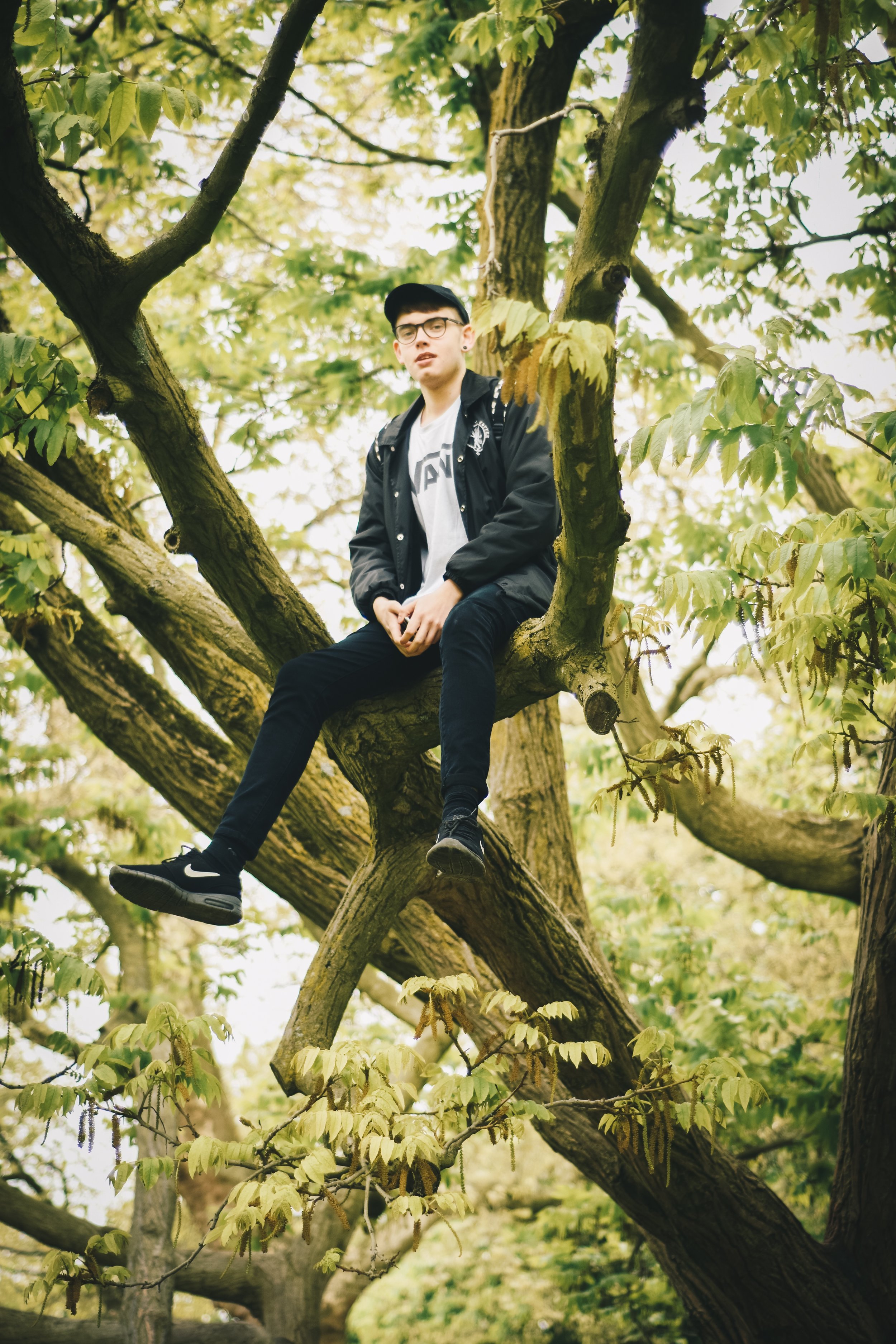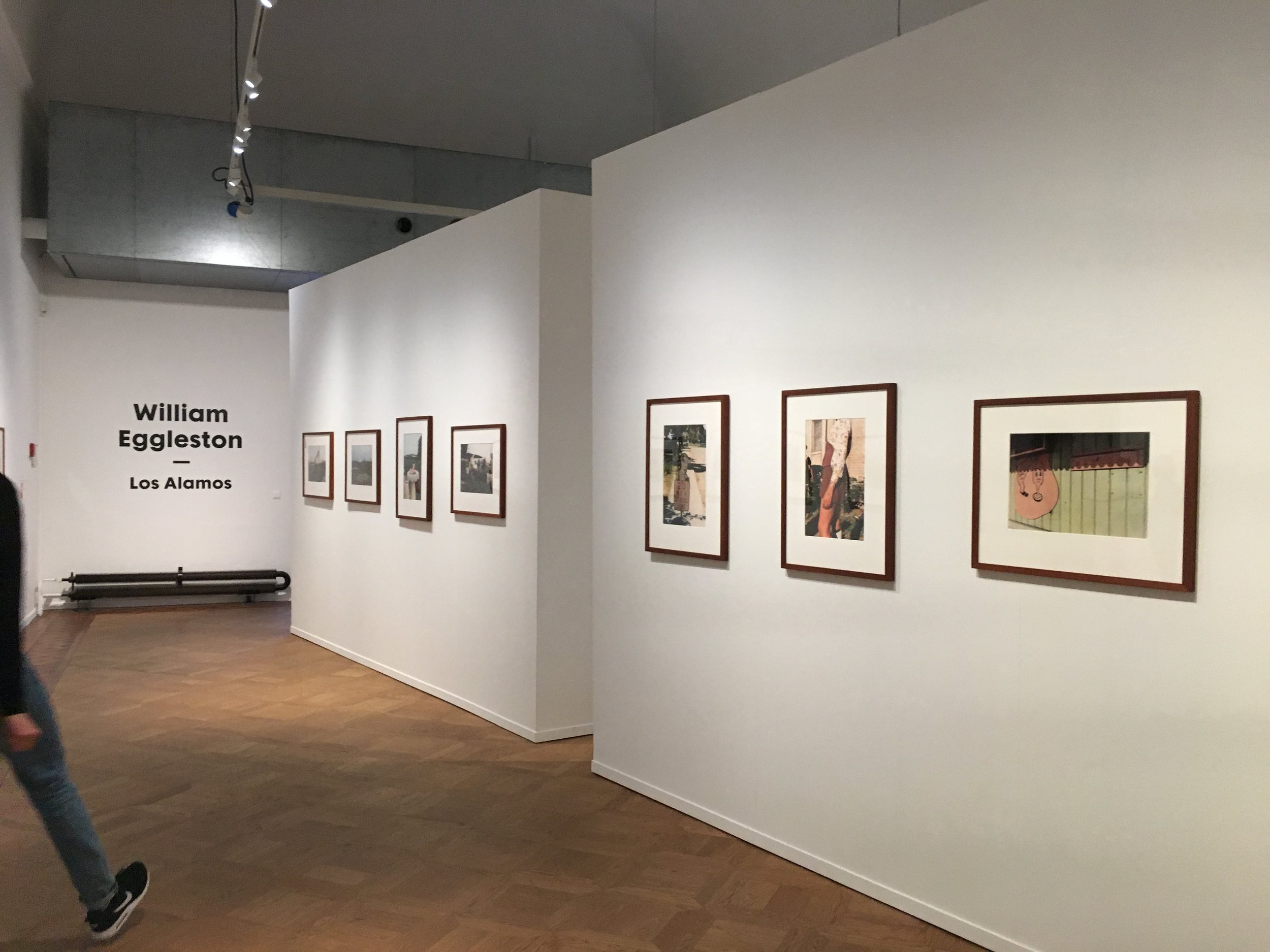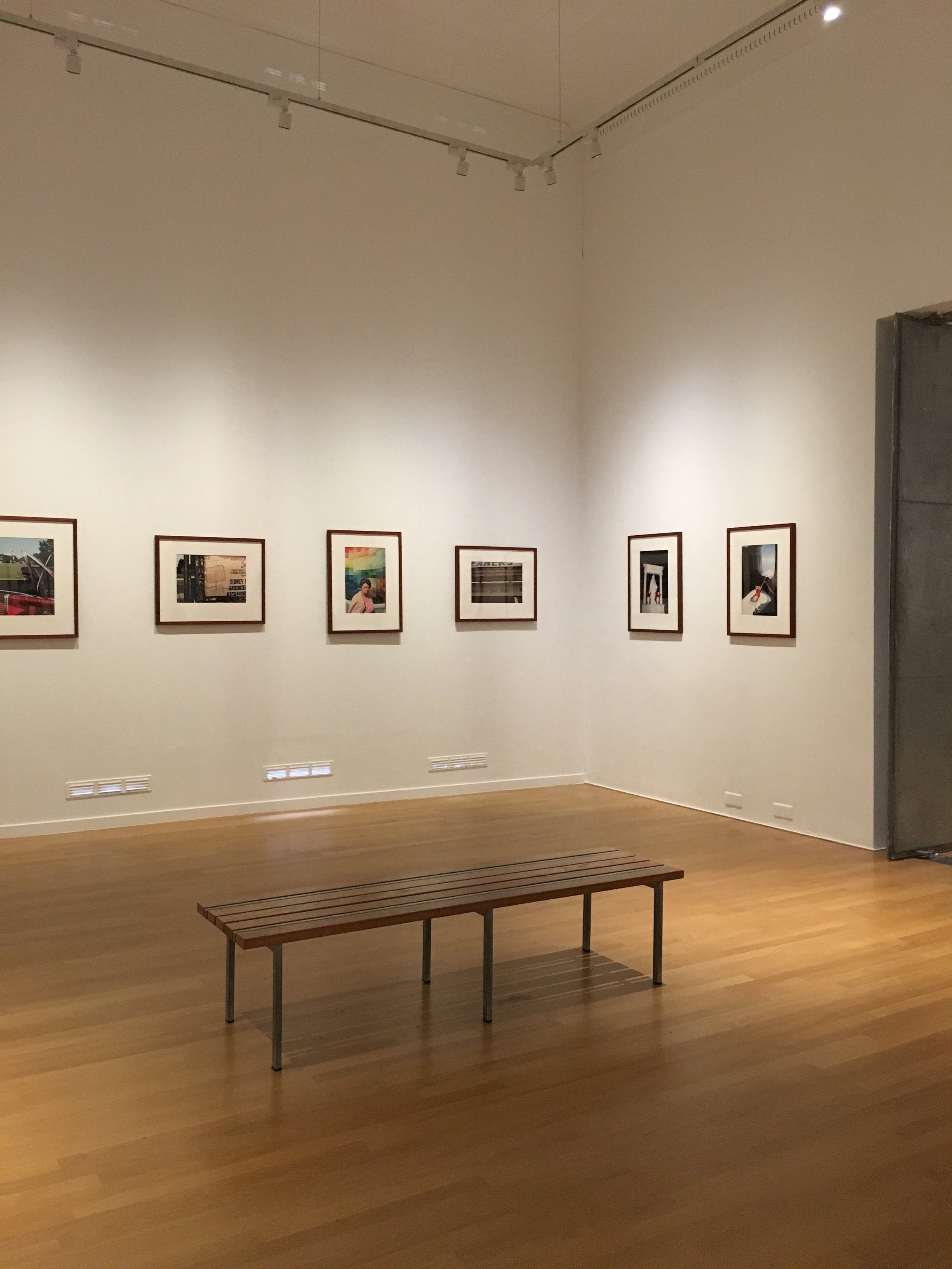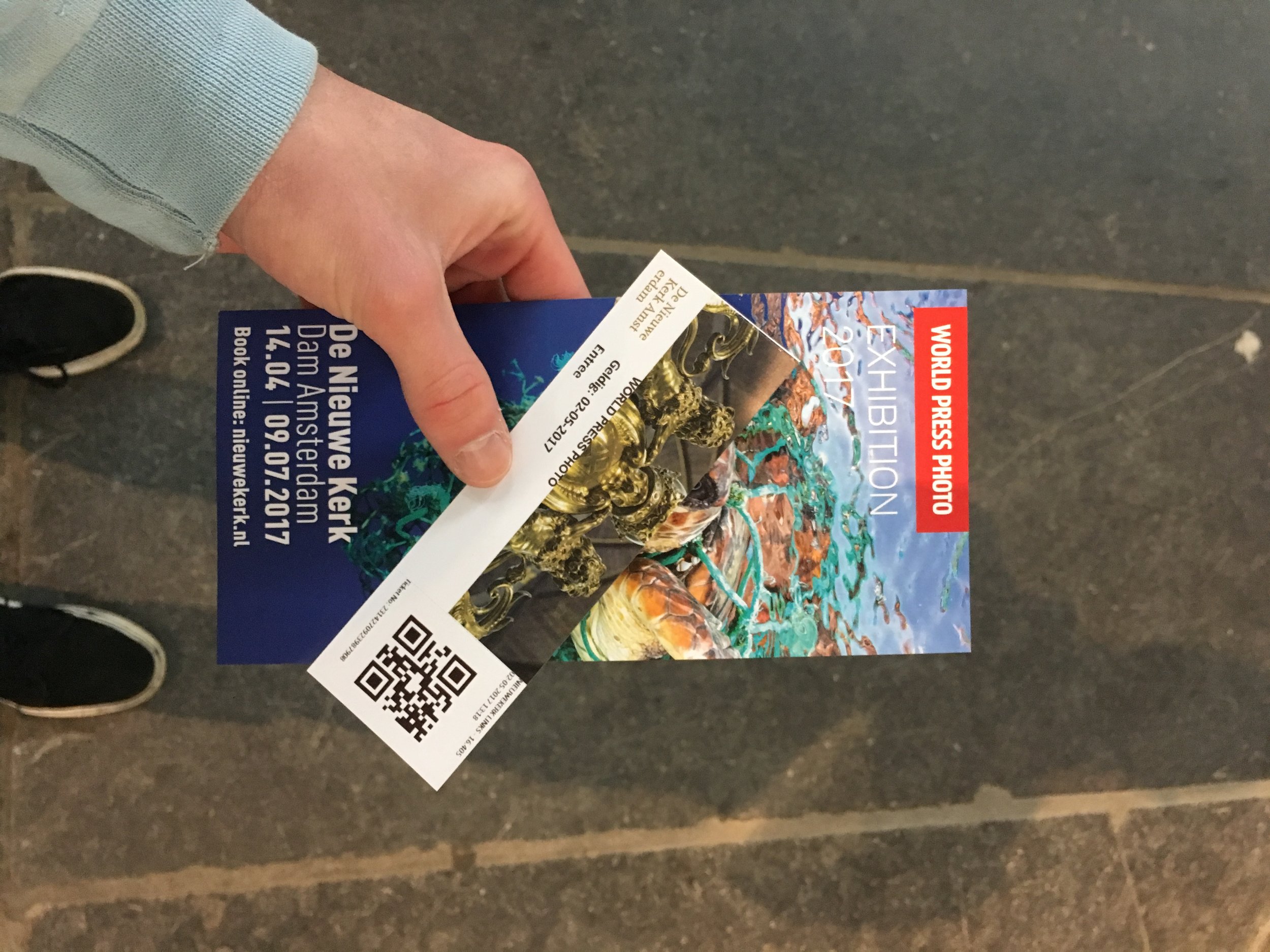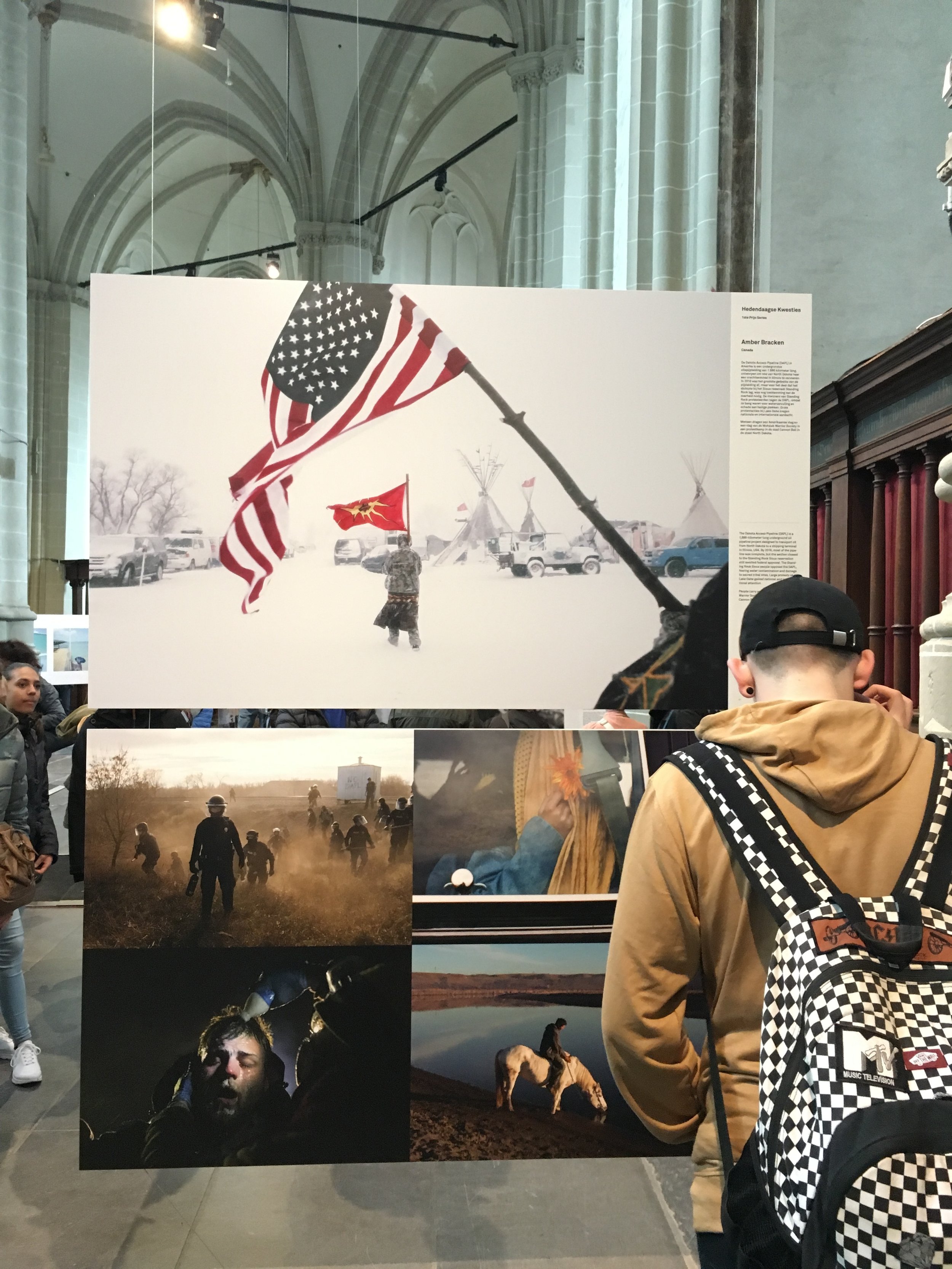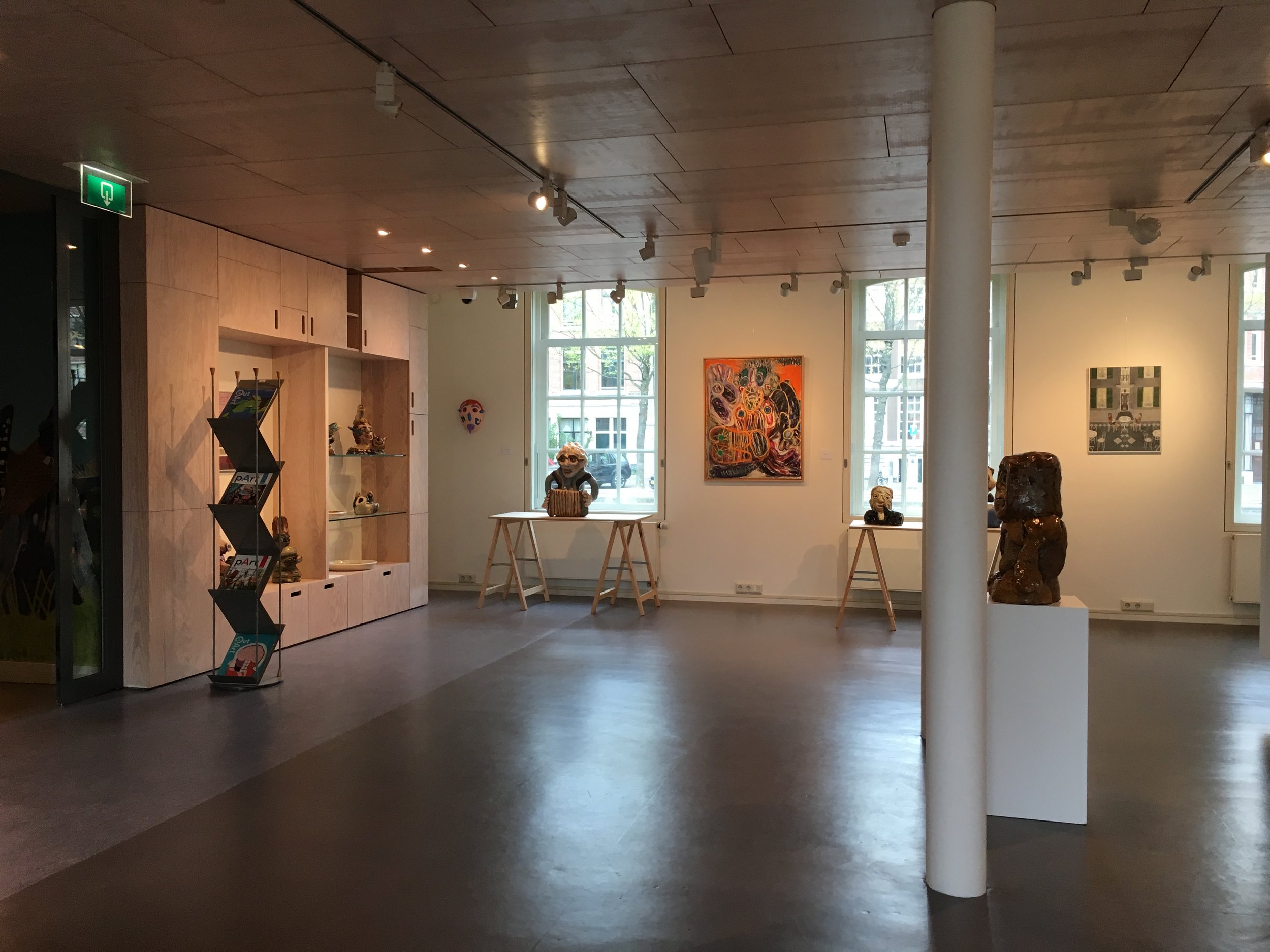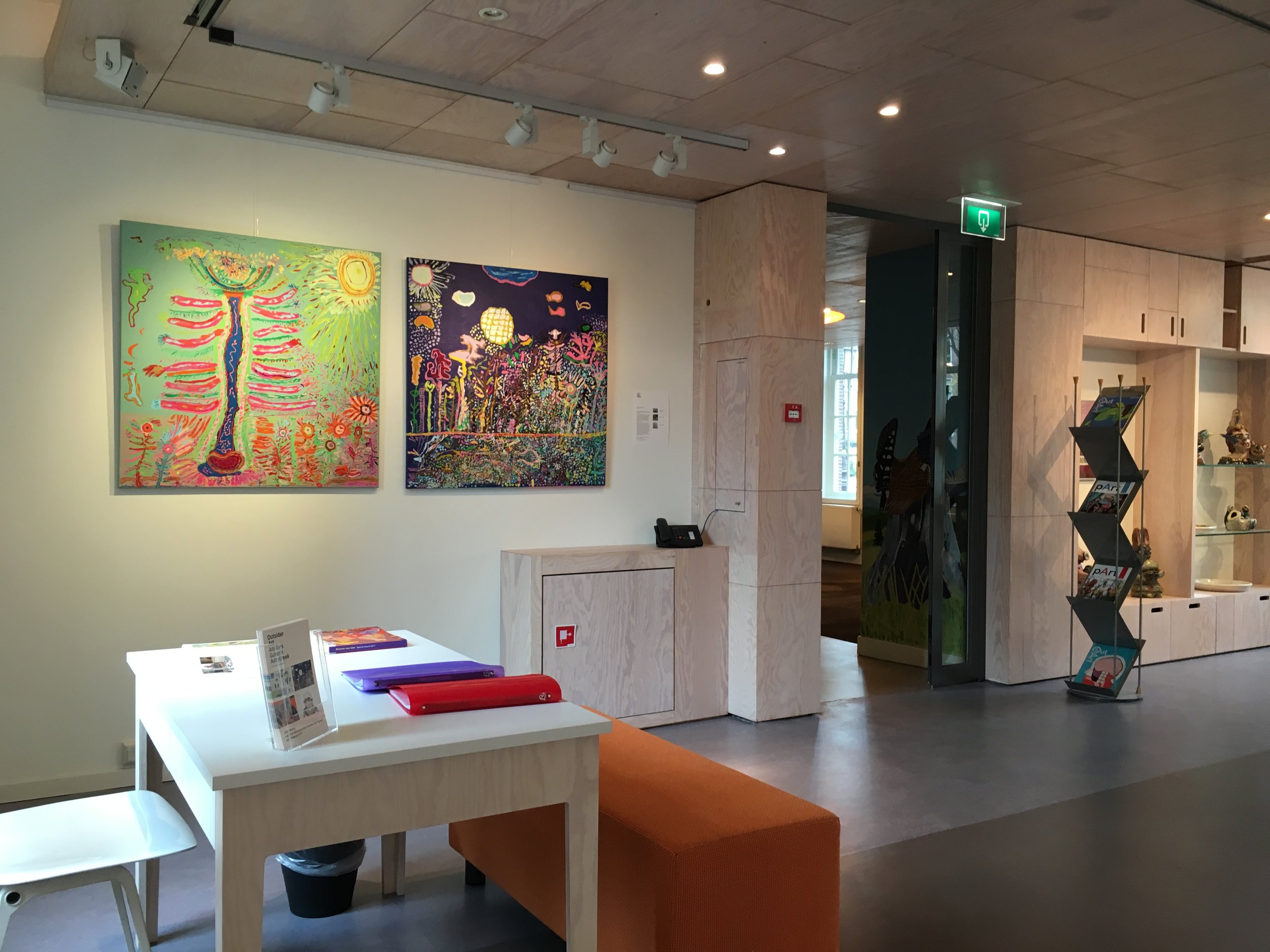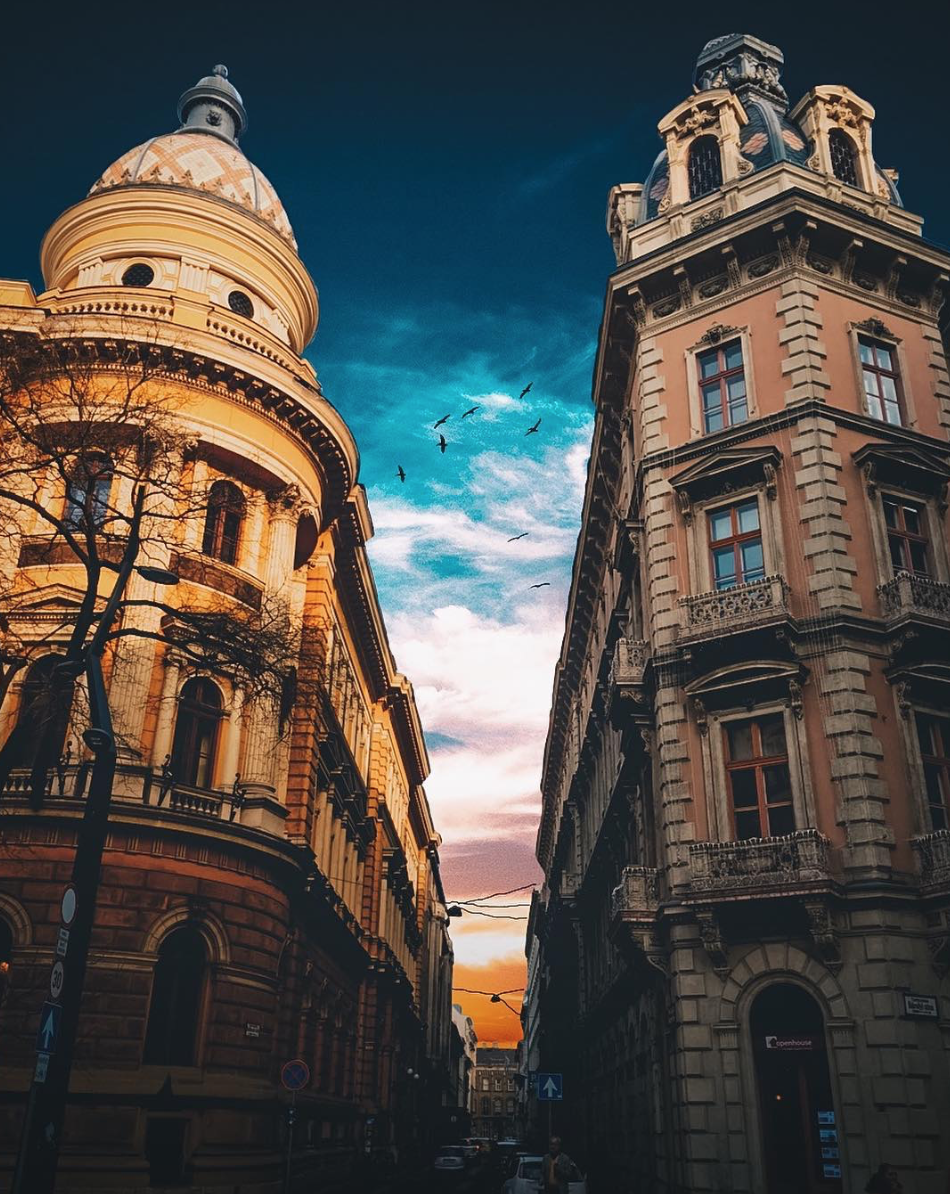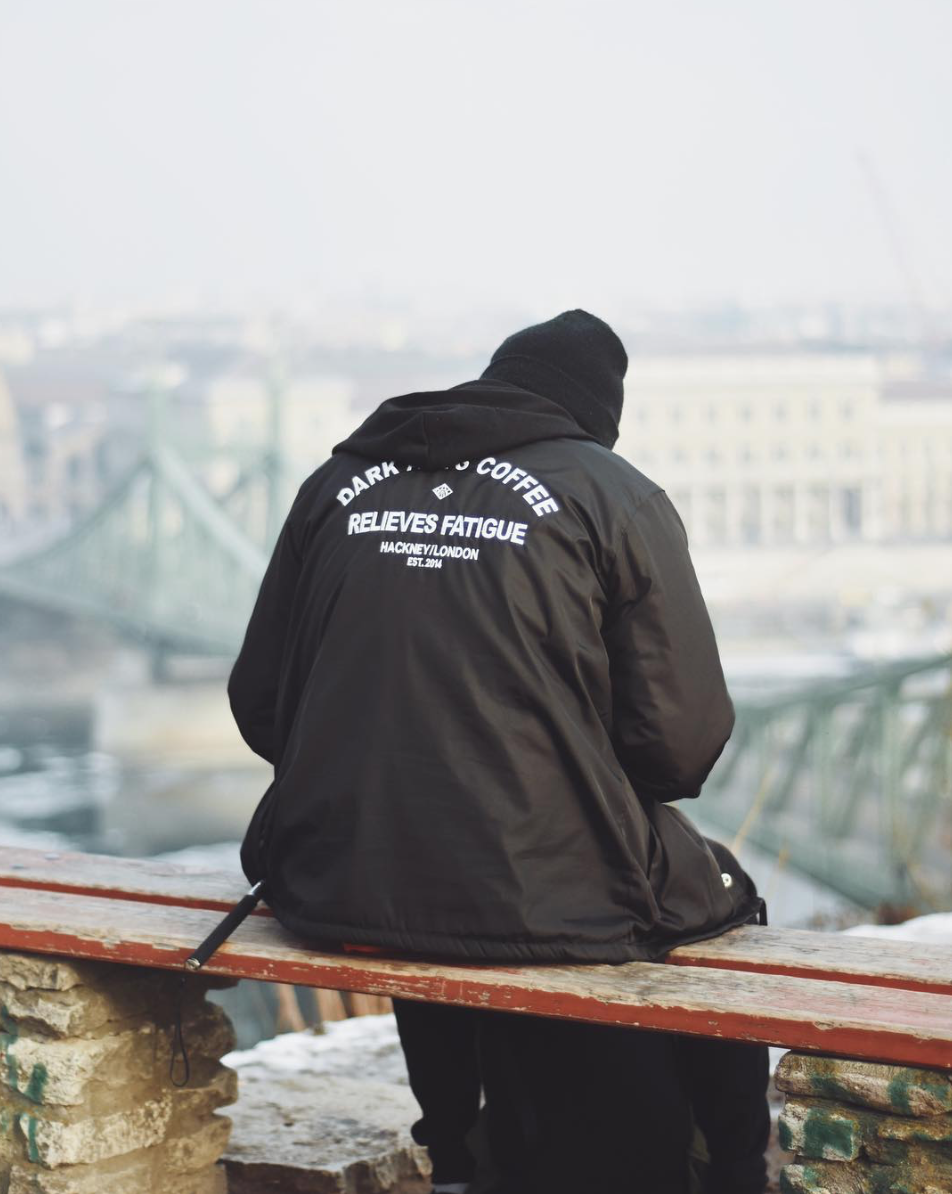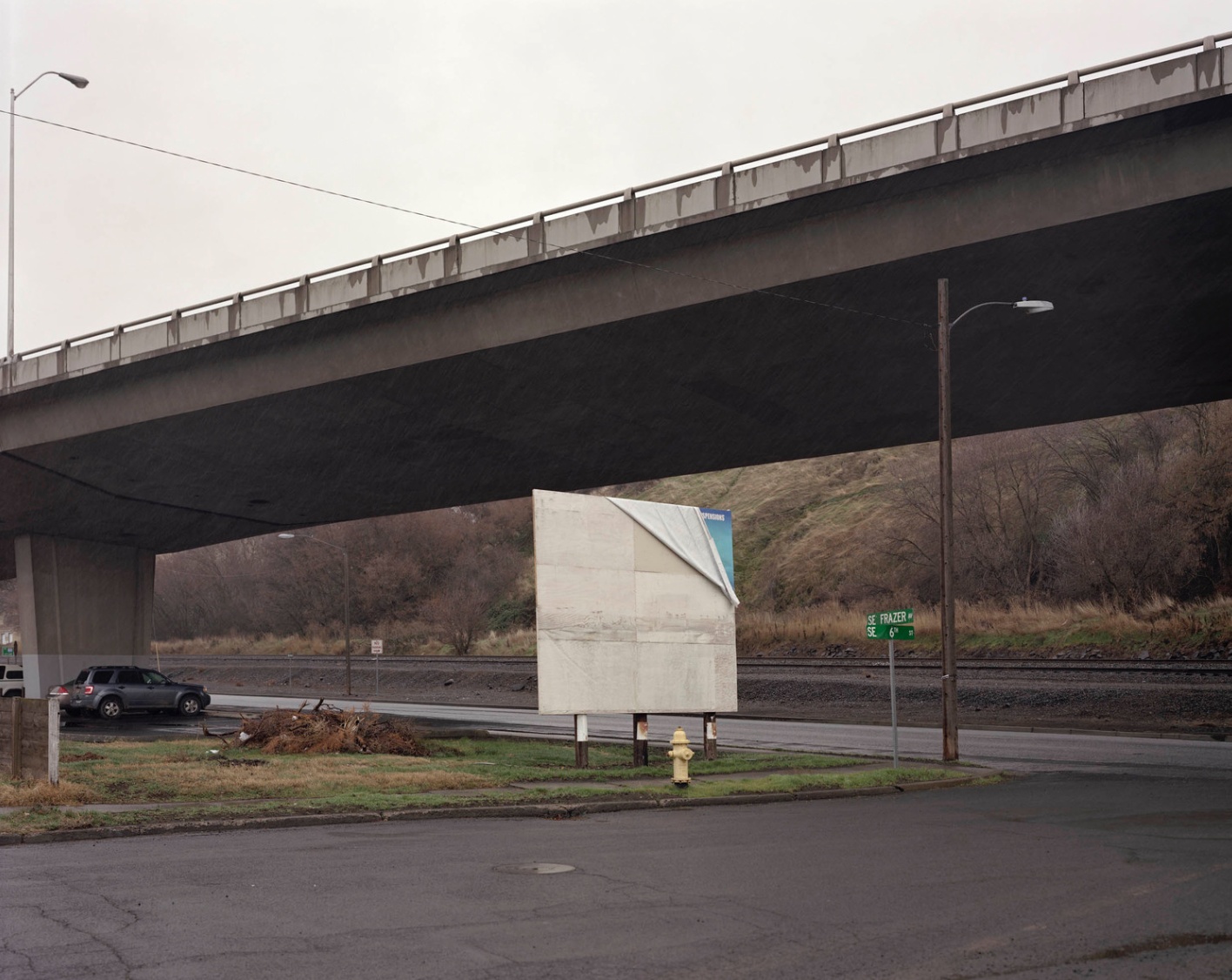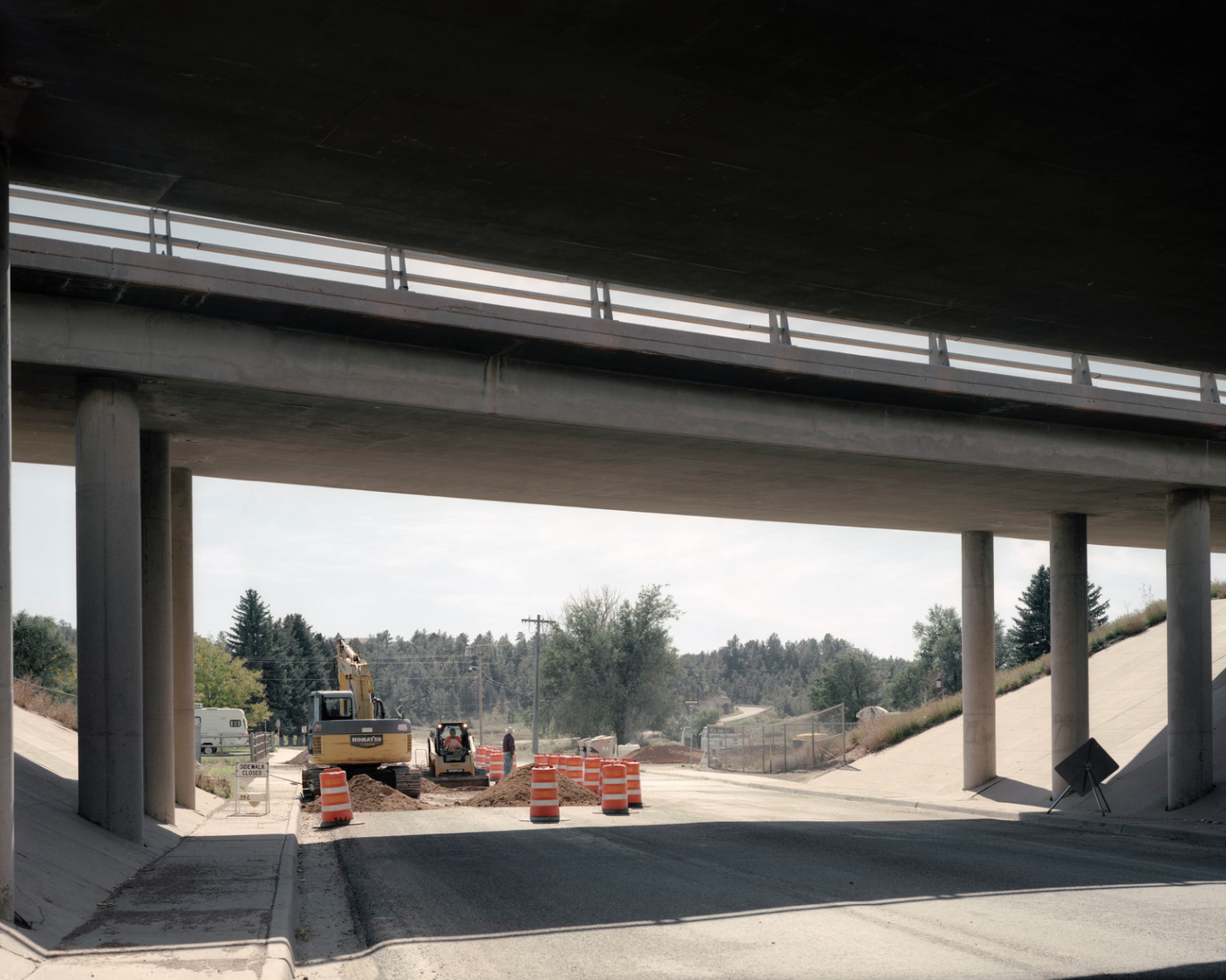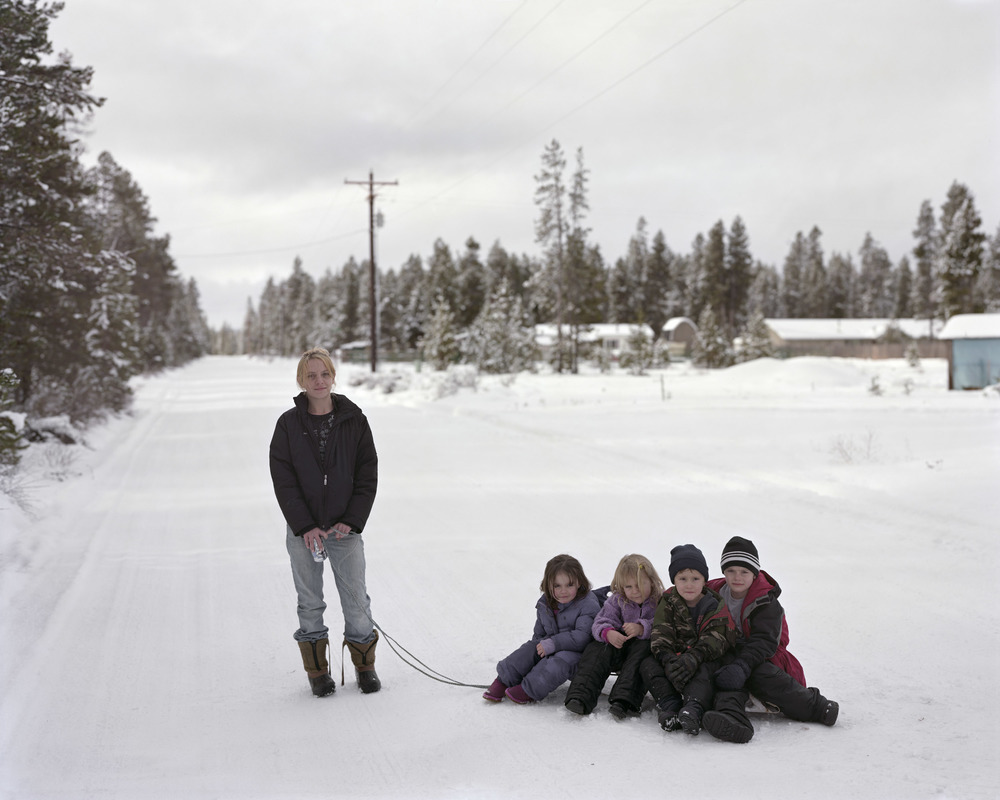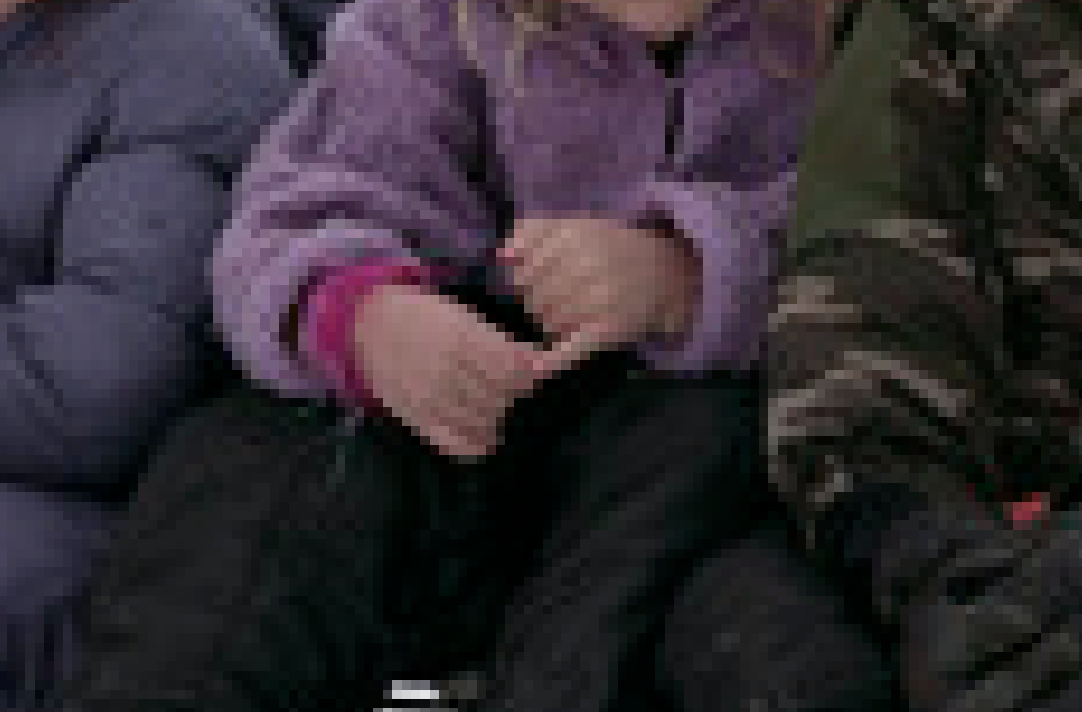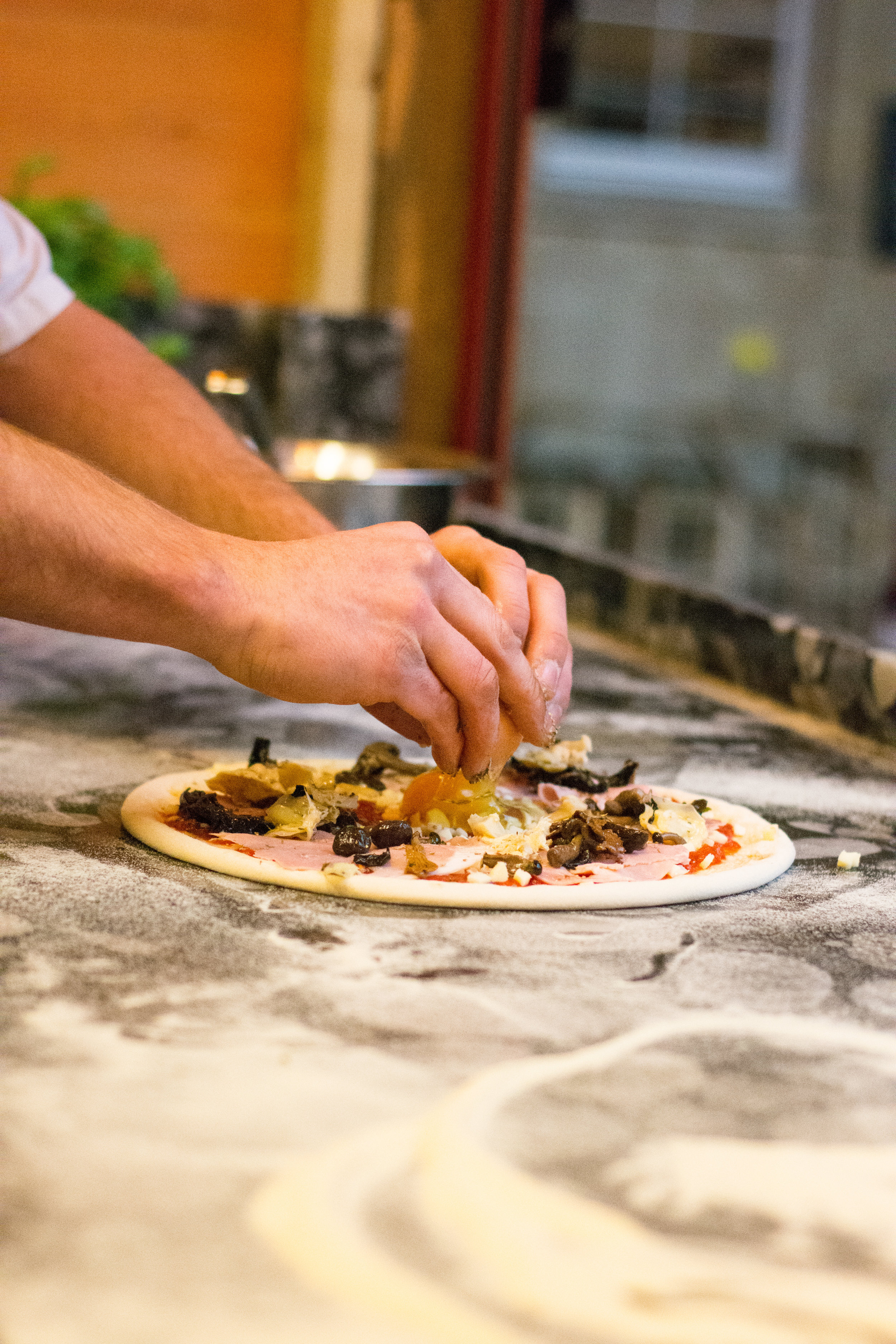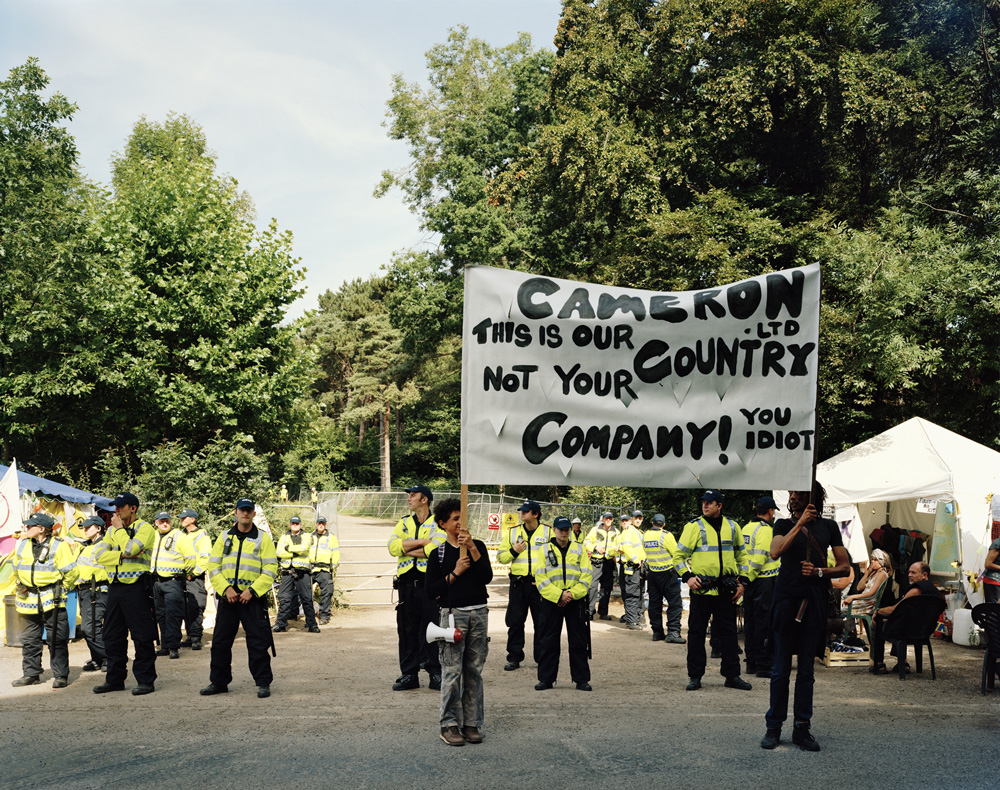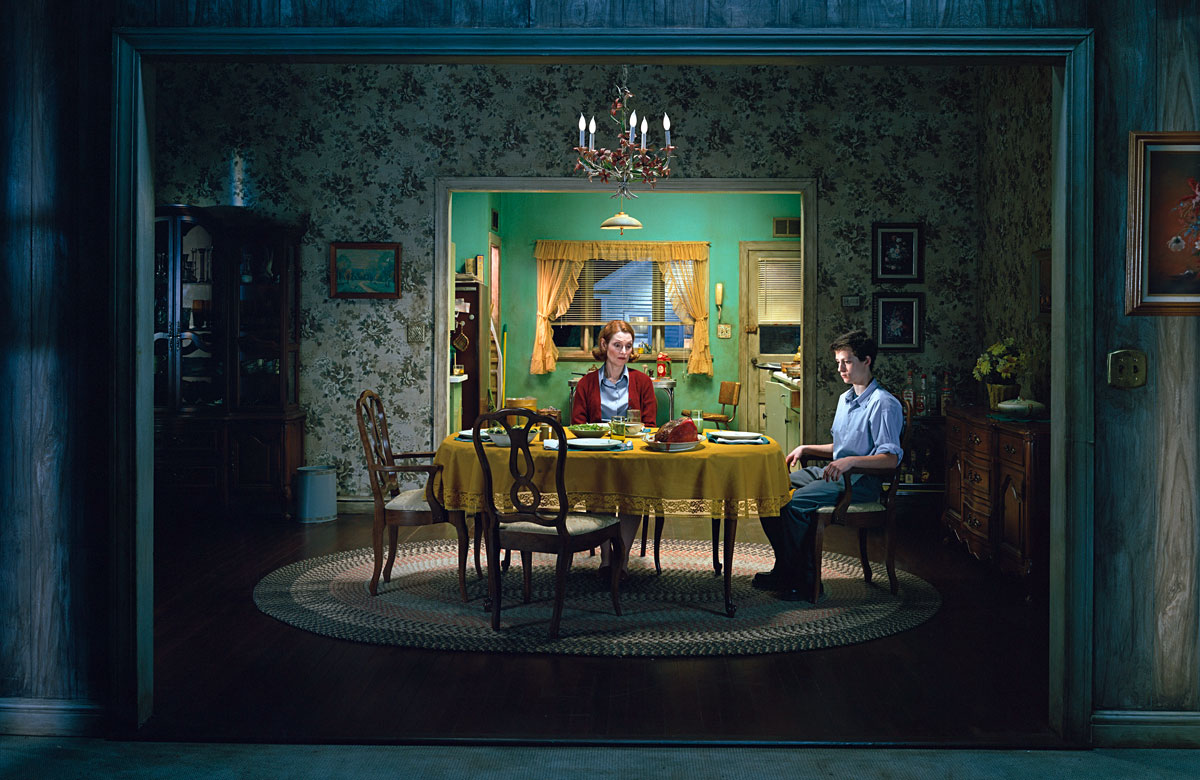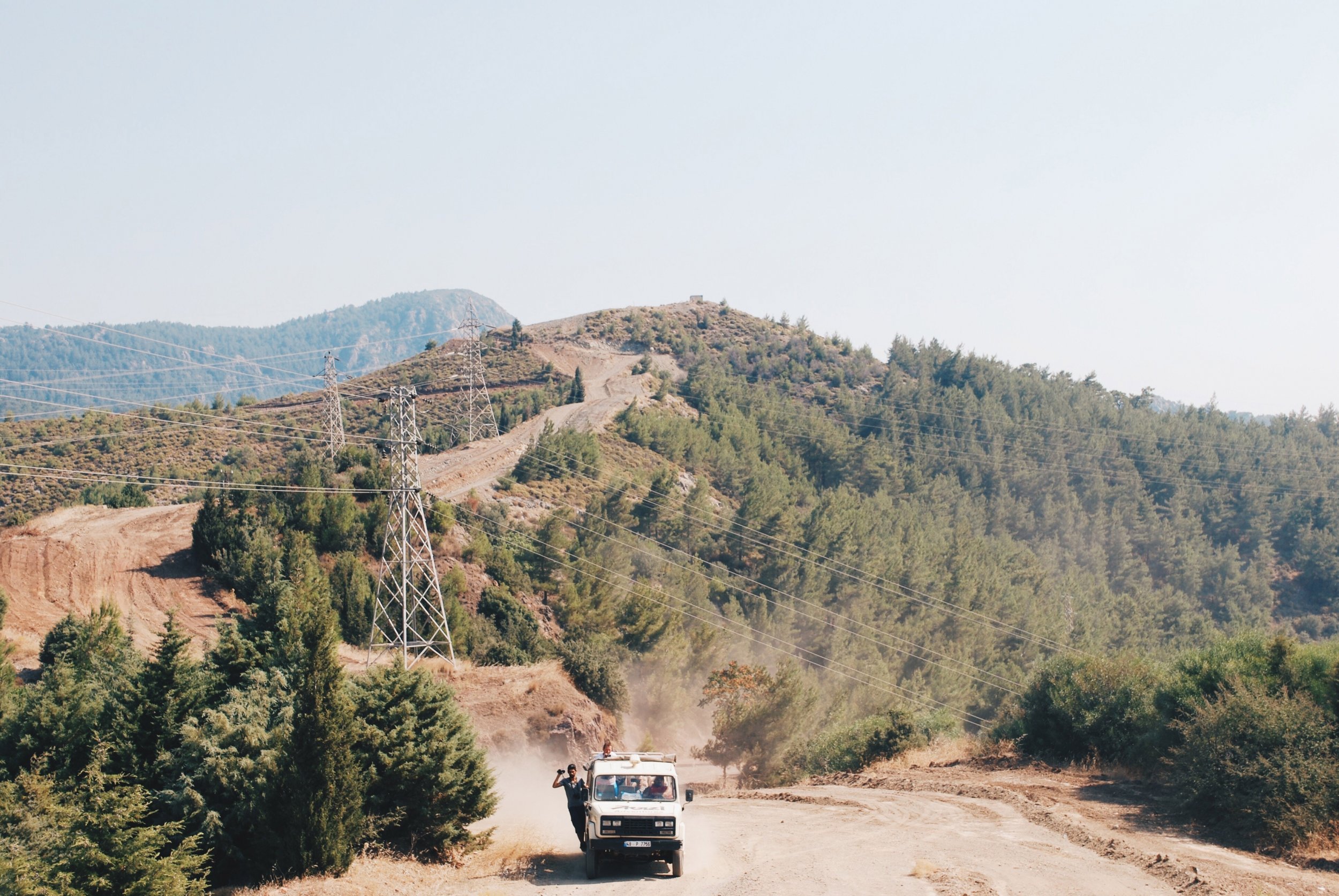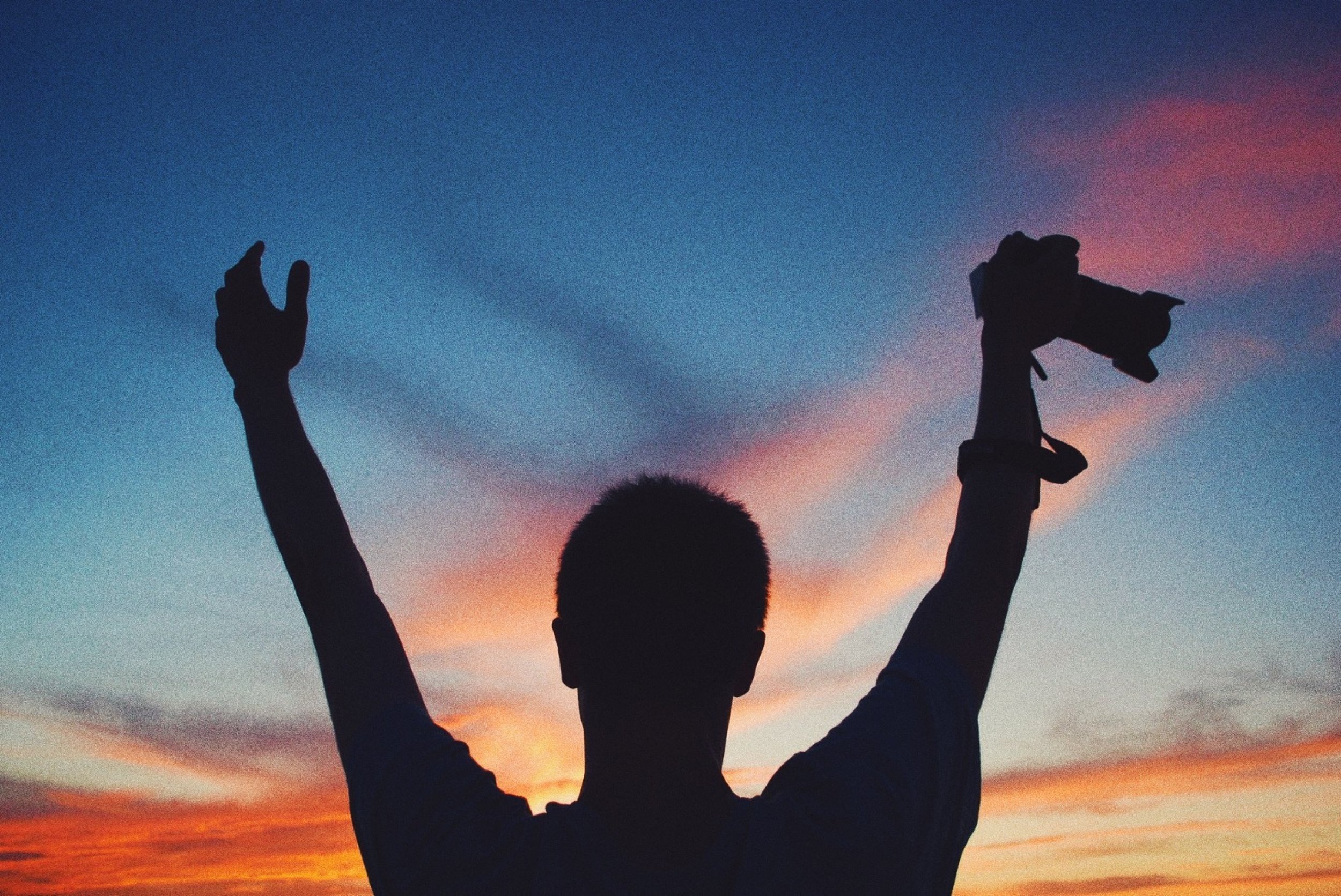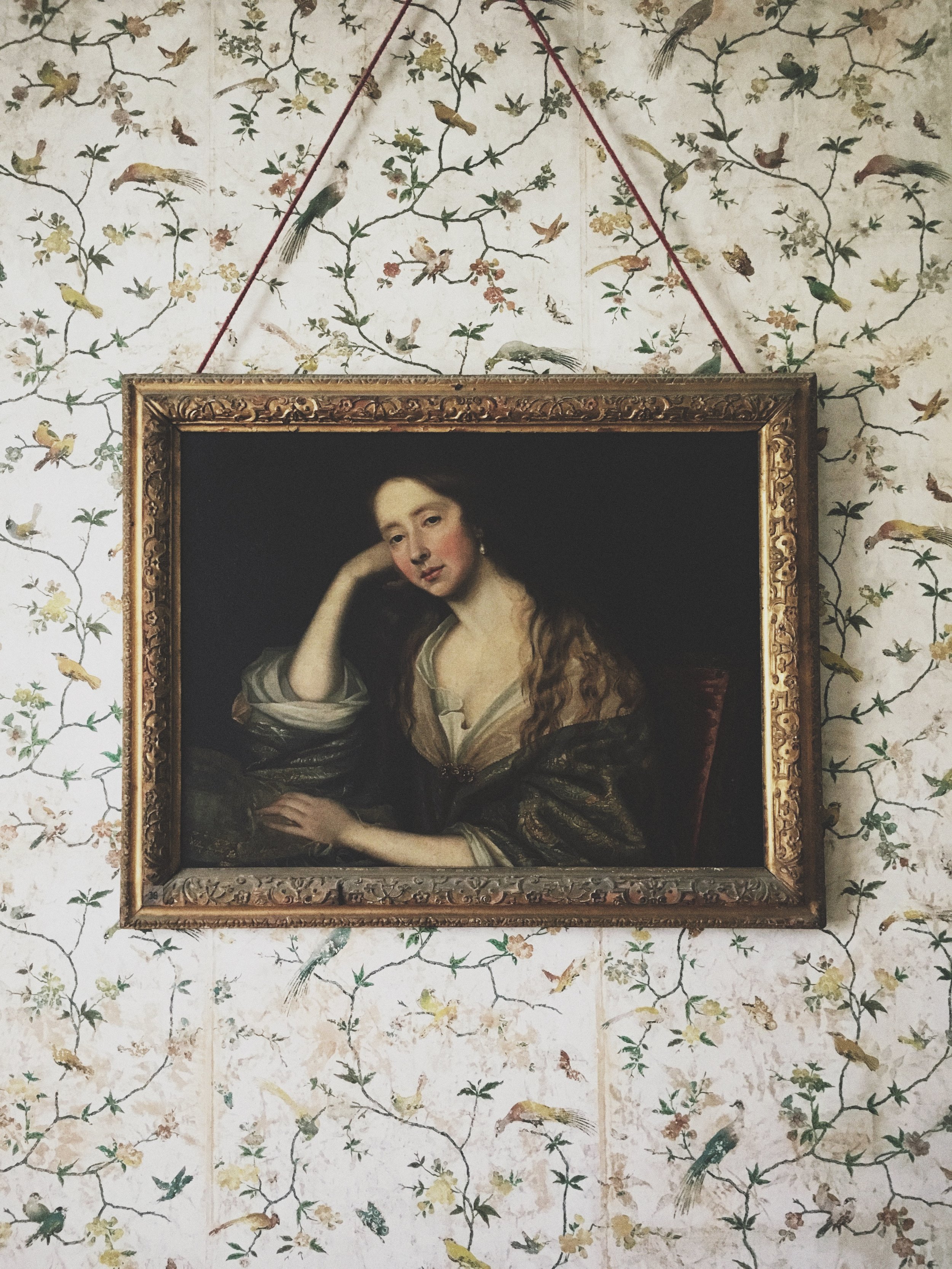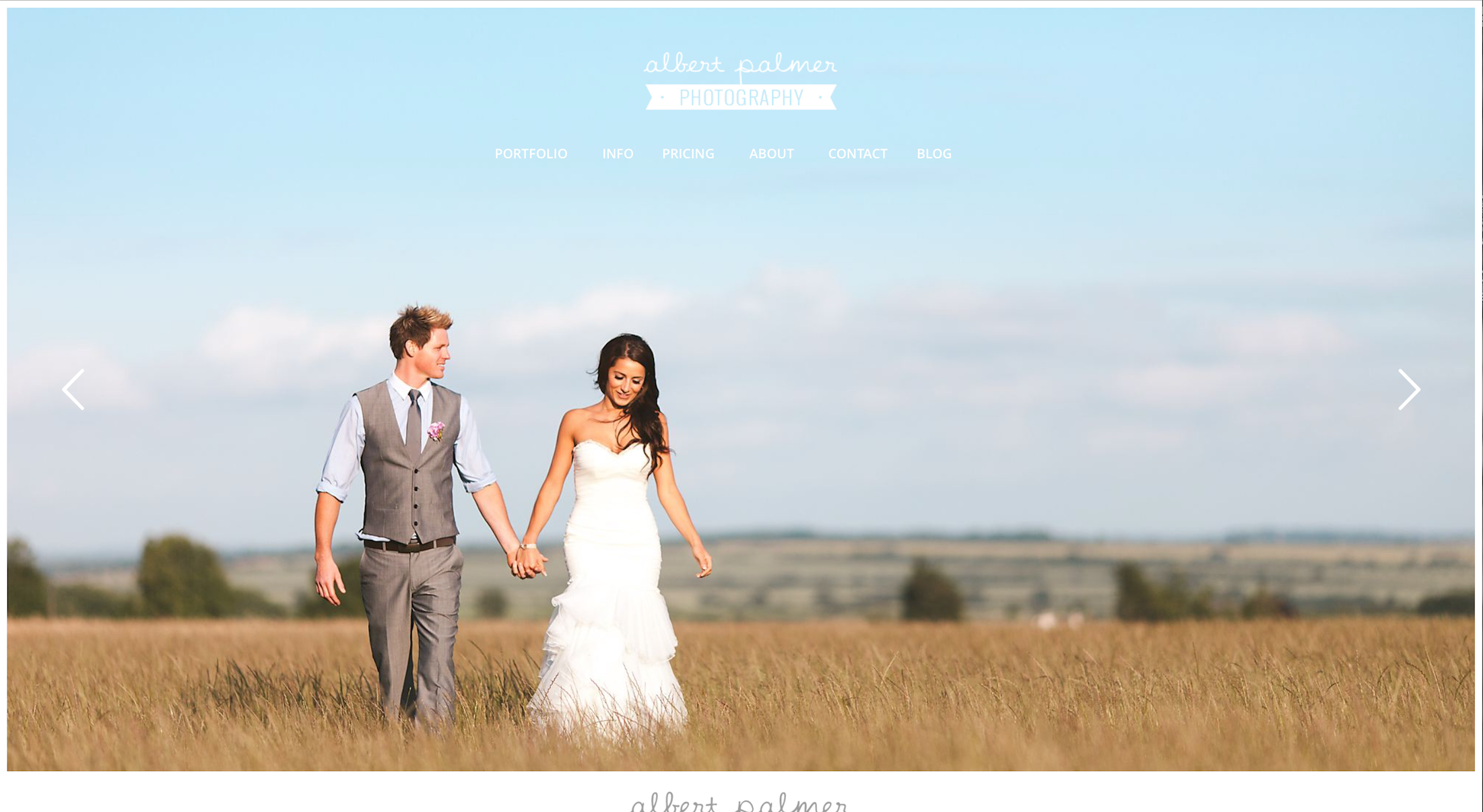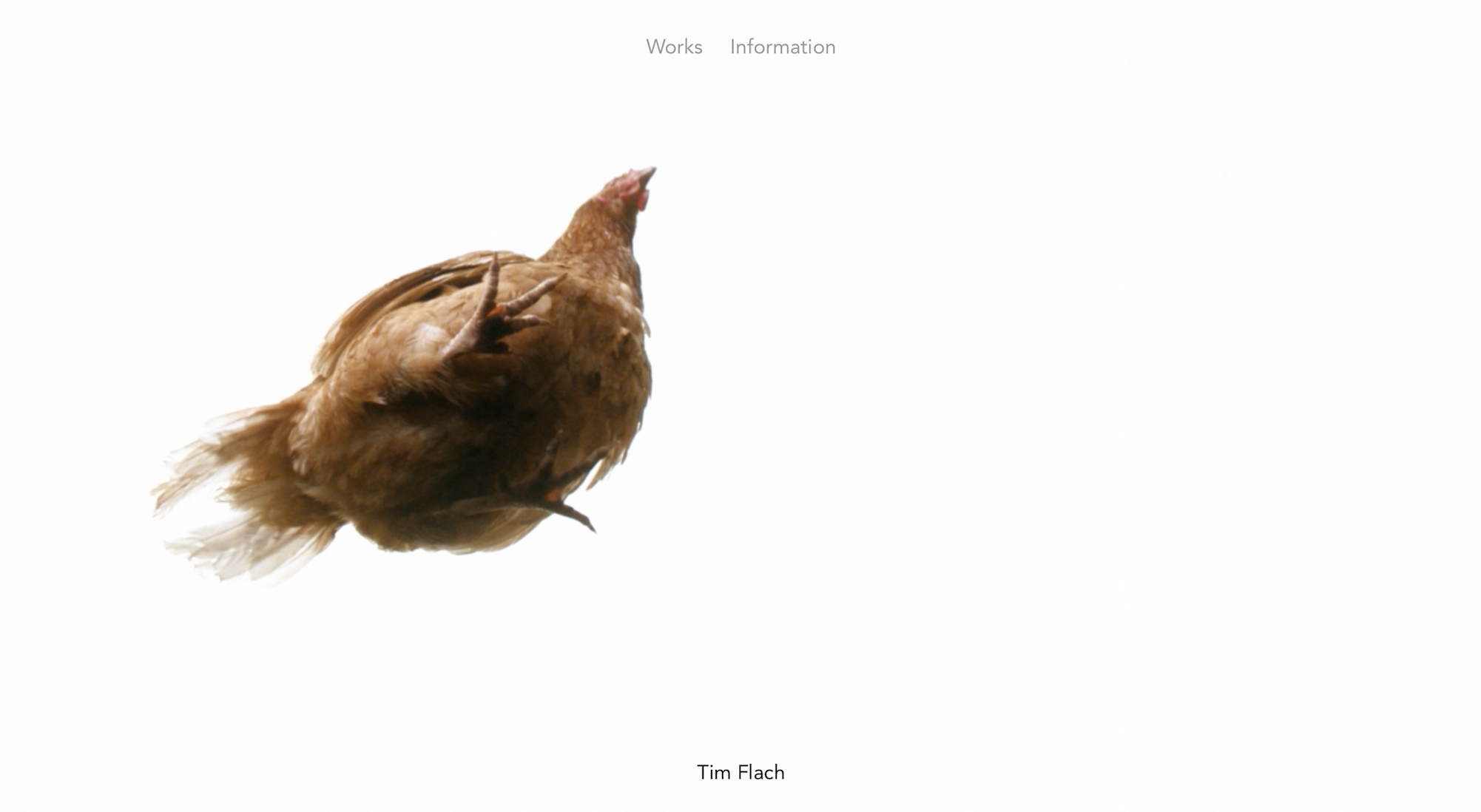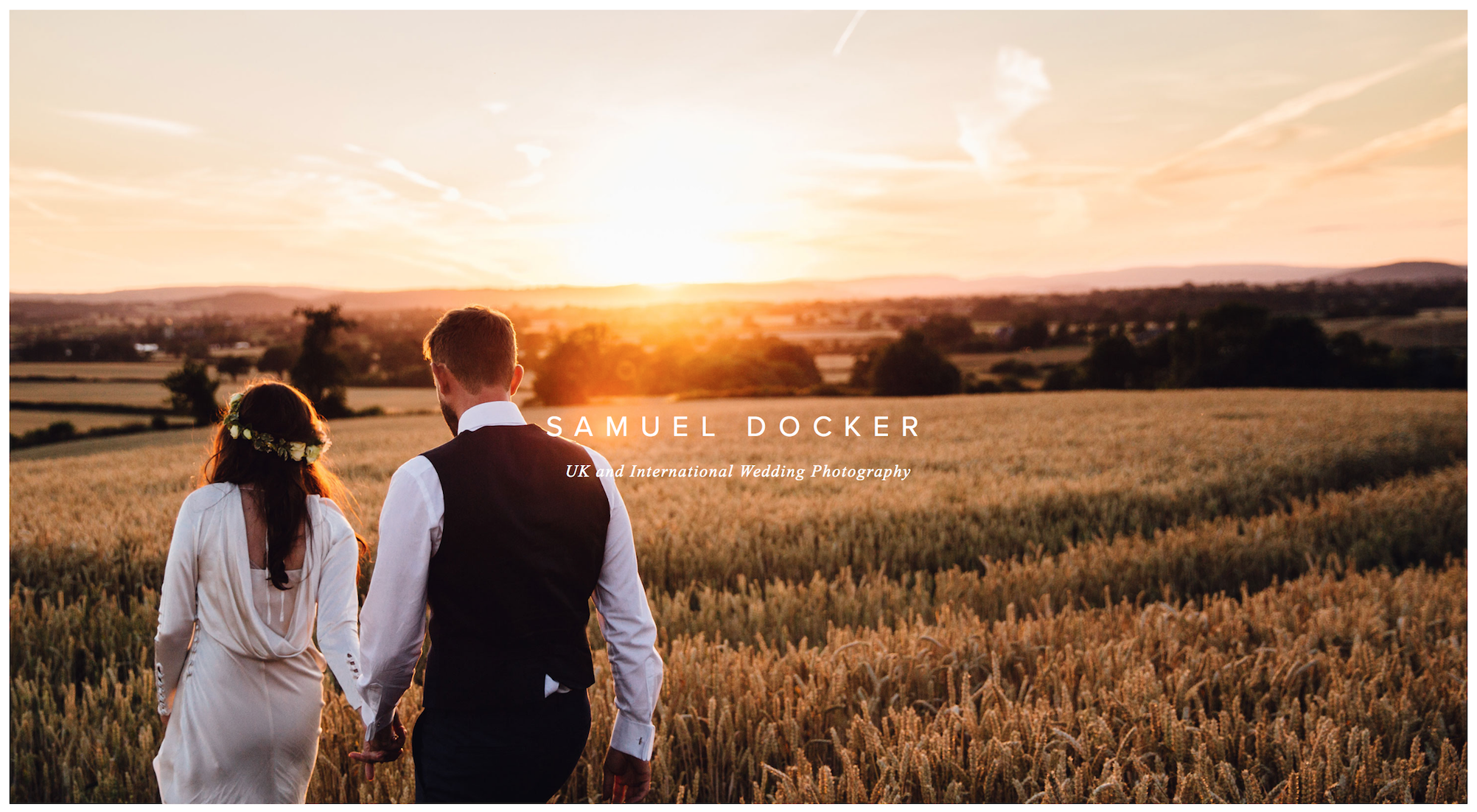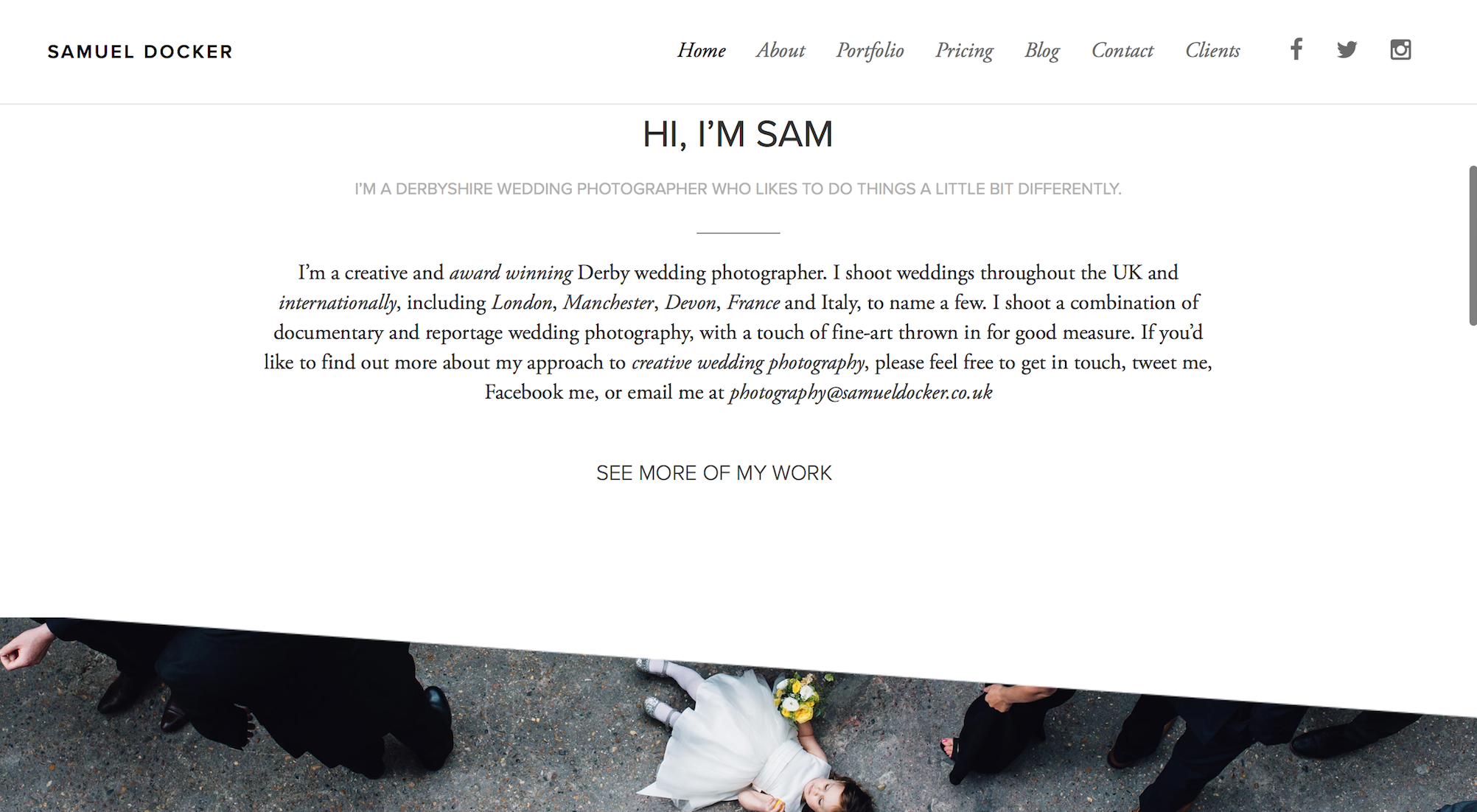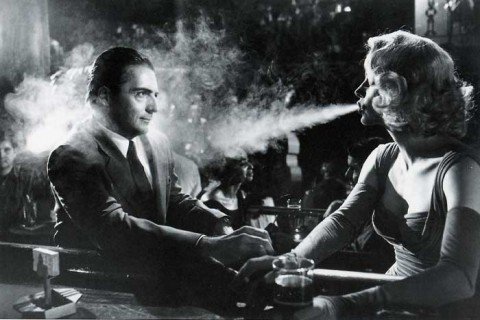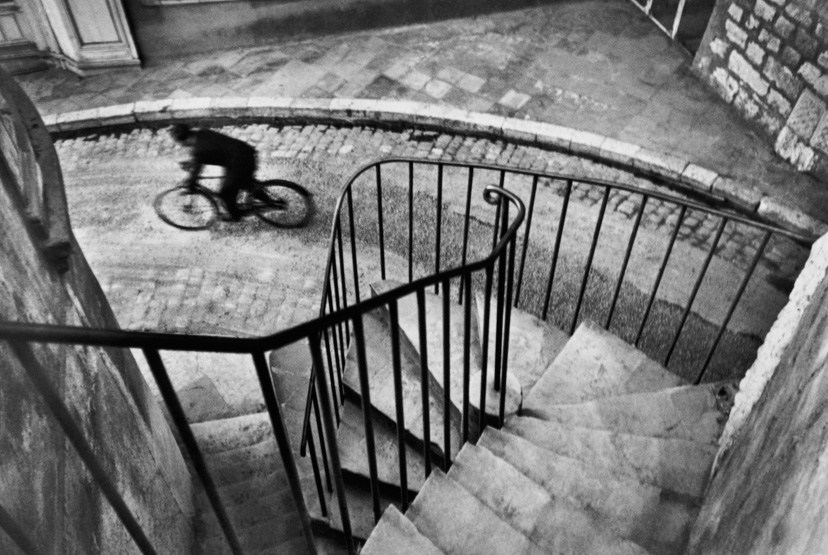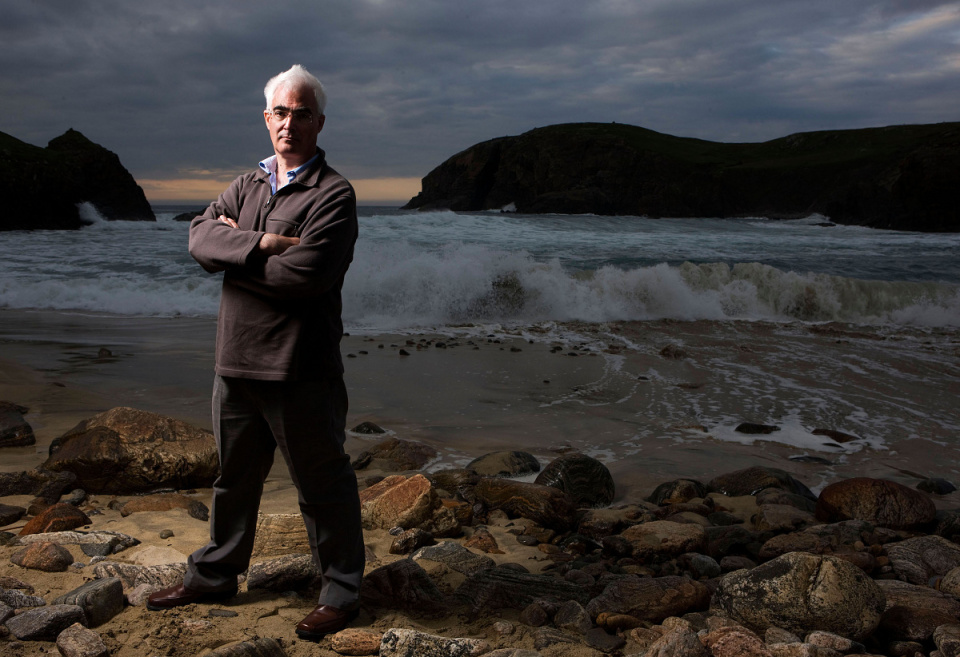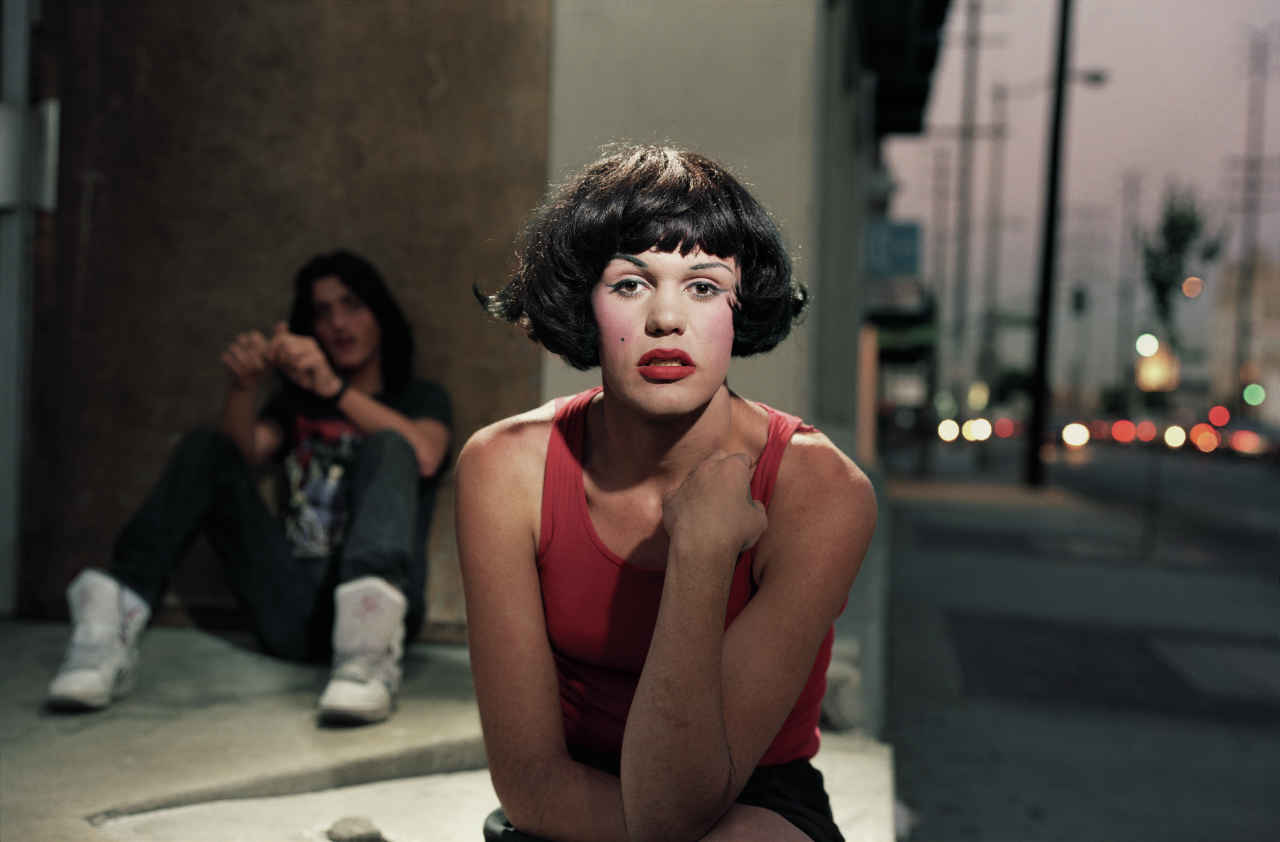After James Allan's lecture, we then gathered for a guest lecture with Jack Latham. Jack was actually recommended as a photographer by James and after enjoying James' photos, I had high hopes for this lecture.
From the off, Jack had my full attention. To know that he had only recently graduated from university and had made this name for himself gave me some sort of comfort. He began by speaking about himself a little, and quickly moved onto his work, jokingly stating that he wouldn't ramble on as much as his friend Murray Ballard, who is also from Brighton.
Jack decided to show us a lot of his early work, work in which he wasn't too pleased with. He jokingly stated about one of his photos:
“It’s just a picture of a carpark, really."
It was a quote that made me laugh and I very much liked as many photographers try to find a reason and excuse for every photo they take, but this was the raw truth behind the photo. He saw something he liked and photographed it, with no other reason to do so. This, I believe, was an exercise to show the students that everyone starts out somewhere. He told us about how he always tried to copy a photographer named Tim Hetherington. Sadly, Tim was killed in an act of war in Libya and this caused subsequent depression to Jack. He explained how he stopped taking photos for a while during his photography course and would just wander around, aimlessly, getting lost in the woods. He then realised that in a way, photography was the perfect tool to express his sadness, and from this, he began to photograph trees and lonely things like that.
Shortly after, in 2012, Jack Latham began a project called A Pink Flamingo, where he traveled around America photographing ghost towns and empty places. This was funded by the fact that he somehow managed to get a student maintenance loan whilst staying at his parents' house, where he didn't have to spend it. This is a series of photos that I very much like, and am interested in the concept of. Below is a short slideshow of some of the images from the project in which he spoke to us about.
